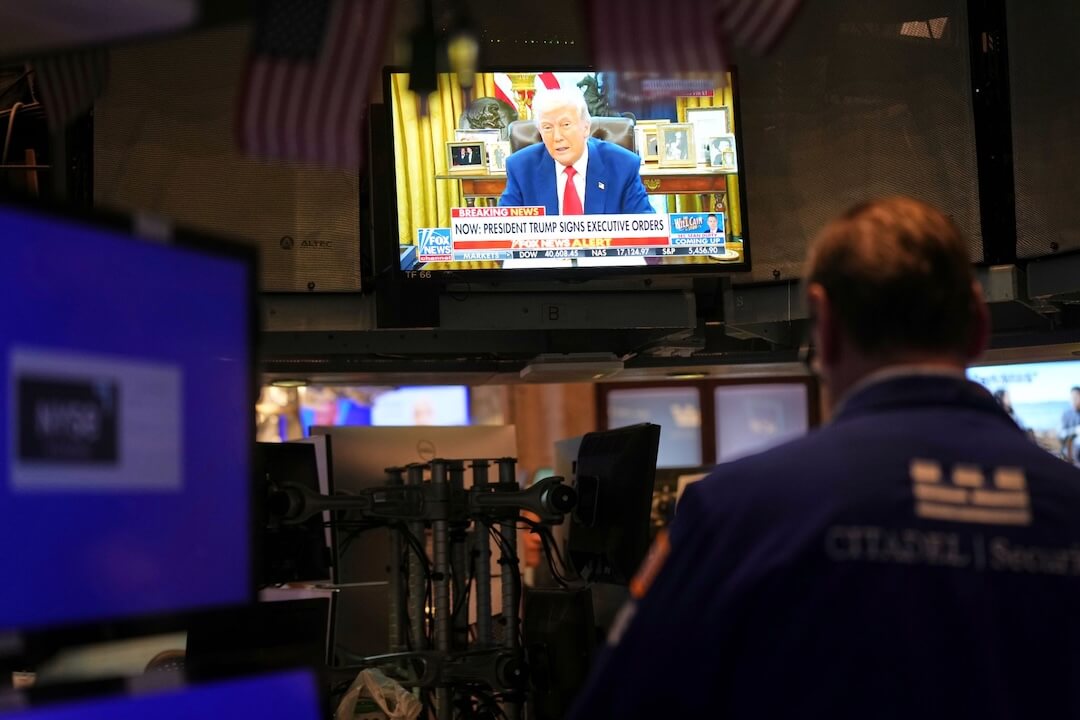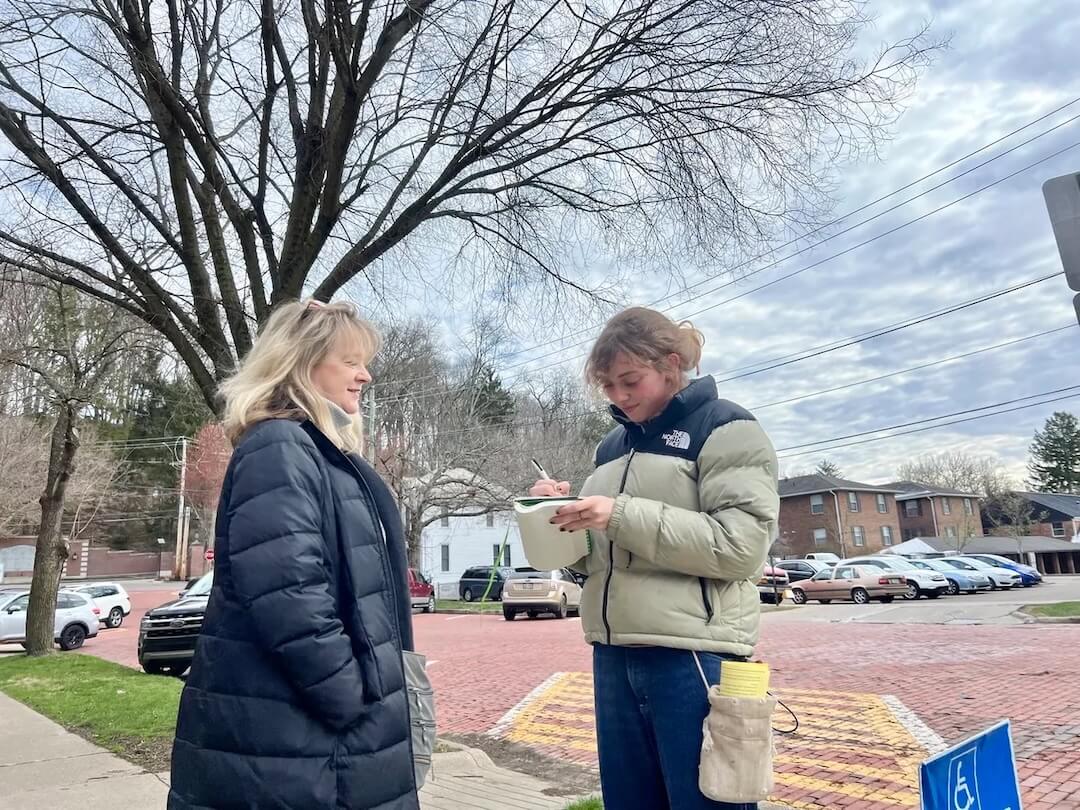Matt Waite gets calls from news organizations all the time looking for an answer to the following question: Can I do this with my drone?
“Often, what they’re interested in doing is just absolutely not allowed,” Waite said. “It’s actively dangerous for them to do that. And I think there’s just a general lack of understanding of how complex these rules are — and exactly what rules they’re going to have to pay attention to.”
Waite is a professor at the University of Nebraska, and he’s been trying to figure out the future of drone journalism for at least four years. That’s been difficult since 2013, when the Federal Aviation Administration sent him a cease-and-desist letter explaining that drones couldn’t be used for newsgathering without special permission.
But that’s all about to change. Last month, the FAA released guidelines that will permit any U.S. journalist to use drones, provided they pass a knowledge test. The new rules go into effect on Aug. 29, which means there could be a sudden boom in drone use among journalists who are untrained and looking to experiment.
That’s where Waite comes in. Next month, he’ll be holding a three-day boot camp in Lincoln, Nebraska for about 60 people (most of them journalists) who want to become certified to fly drones. Sponsored by the Google News Lab, the boot camp will aim to answer all the questions Waite frequently gets, and then some.
“When I say it’s a boot camp, I mean: Get in, sit down, shut up, hold on,” Waite said. “We’re going to feed you, so you don’t wander off. And we’ll have the coffee going in the back — we’re planning on serving gallons upon gallons of coffee. And by the time you’re done, you should have everything you need to pass that test.”
Also at the boot camp, Waite plans to release an operations manual that he hopes will serve as a foundational document for how drones should be used for journalism. The manual will also be open-sourced and published online so journalists can contribute their own ideas and best practices.
The sessions will begin early in the morning and continue each day until 4 p.m., Waite said. The boot camp will also include flight practice in the evening, when participants will be able to test their flying skills under Waite’s supervision (he’s qualified to intervene if things go awry).
But those attending the boot camp should be prepared to sit. A lot.
“You know the old expression: ‘The mind can absorb what the butt can endure?’ Waite asked. “I’m pretty sure there’s some kind of Geneva Convention where I can’t keep them in the room any longer than I already am.”
So far, Waite says, about 56 people have signed up for the boot camp, and they come from all over: journalism educators, the sports editor of a weekly newspaper, local broadcasters and “a handful of major international news brands.” There’s even a representative from a local radio station, which surprised Waite — drones are usually the realm of visually oriented journalists.
“The interest has been all over the place, which is both surprising and at the same time really not surprising,” Waite said. “I think it’s indicative of the widespread interest there’s going to be in drones in communication writ large.”
That massive demand is likely to spark a lot of early experimentation, Waite said, and not all of it will be good. When drone journalism blows up, there are many ways things could go wrong: property damage, injury, drones being used for spying, drone footage being overused in every story.
Waite thinks the open-source operations manual might forestall some of these concerns if it gains enough traction among journalists.
“We’re going to publish it out into the world, and then other people can take it and use it for their own newsroom,” Waite said. “They can alter it for their needs. We would hope they would contribute ideas and concepts and materials back to it, and we can get a living, breathing document for the journalism business using drones sensibly.”
The drone boot camp will run from Aug. 12 to 14 at the University of Nebraska in Lincoln and costs $195 per person.






